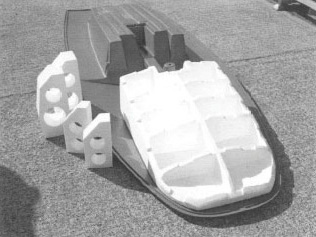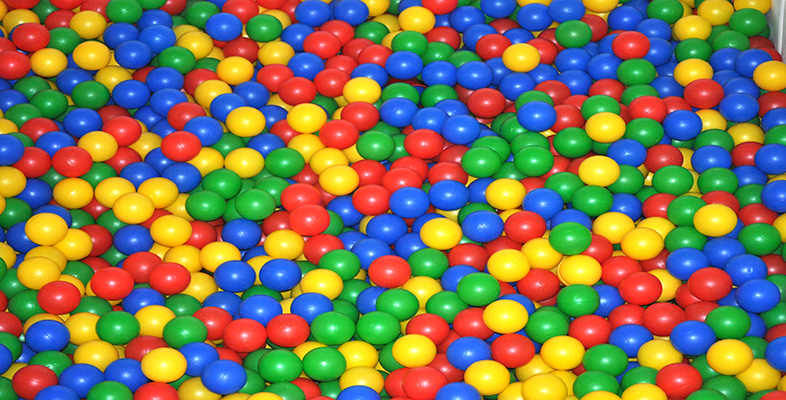6.5 Market experience
It is some 20 years since the Topper project was conceived by Peter Bean, Technical Director of Rolinx and Ian Proctor, the designer of the original GRP boat. Sales initially were excellent, especially to sailing schools and clubs where there was much demand for a small, light and very safe sailing boat for children. But after that, the market became saturated, sales were heavily dependant on individuals and families, so decreased despite attempts to export the boat to the USA and Israel, for example. The sales company moved from its location in Torpoint to Kent, and the tools were moved to Germany for injection moulding of the hull and deck.
However, sales have picked up again with the expansion of leisure activities, and the personal market remains active. The boat has clearly filled a particular niche in the market, where larger boats such as the Laser (a GRP boat) are too difficult to handle for children, and alternatives such as the Mirror (self-assembled in kit form marine ply) cannot offer the same intrinsic safety as the all polypropylene boat. The design, in other words, has proven right for the market it is aimed at, and the consumer or user have voted with their pockets for the product. Sales now (1997) exceed 41 000, the boat has official International Status and has a flourishing Class Association. Large moulding machines capable of making the boat are also available commercially now, so proving the validity of the original exercise. But have any changes in the design been necessary? One important change is related the flexibility of the construction material, polypropylene. The monocoque construction, where hull and deck are fused together thermally, ensures that the boat is much stiffer as a product than either hull or deck alone. However, there are areas such as the front part of the deck ahead of the mast, where point loads may deflect it unduly (such as standing on it!). This has now been solved by incorporating a foam block of polystyrene to resist such loads (Figure 70). Such a solution harks back to the use of foam-core sailboards and windsurfers, and is a very common way in which hollow plastic structures can be reinforced.

